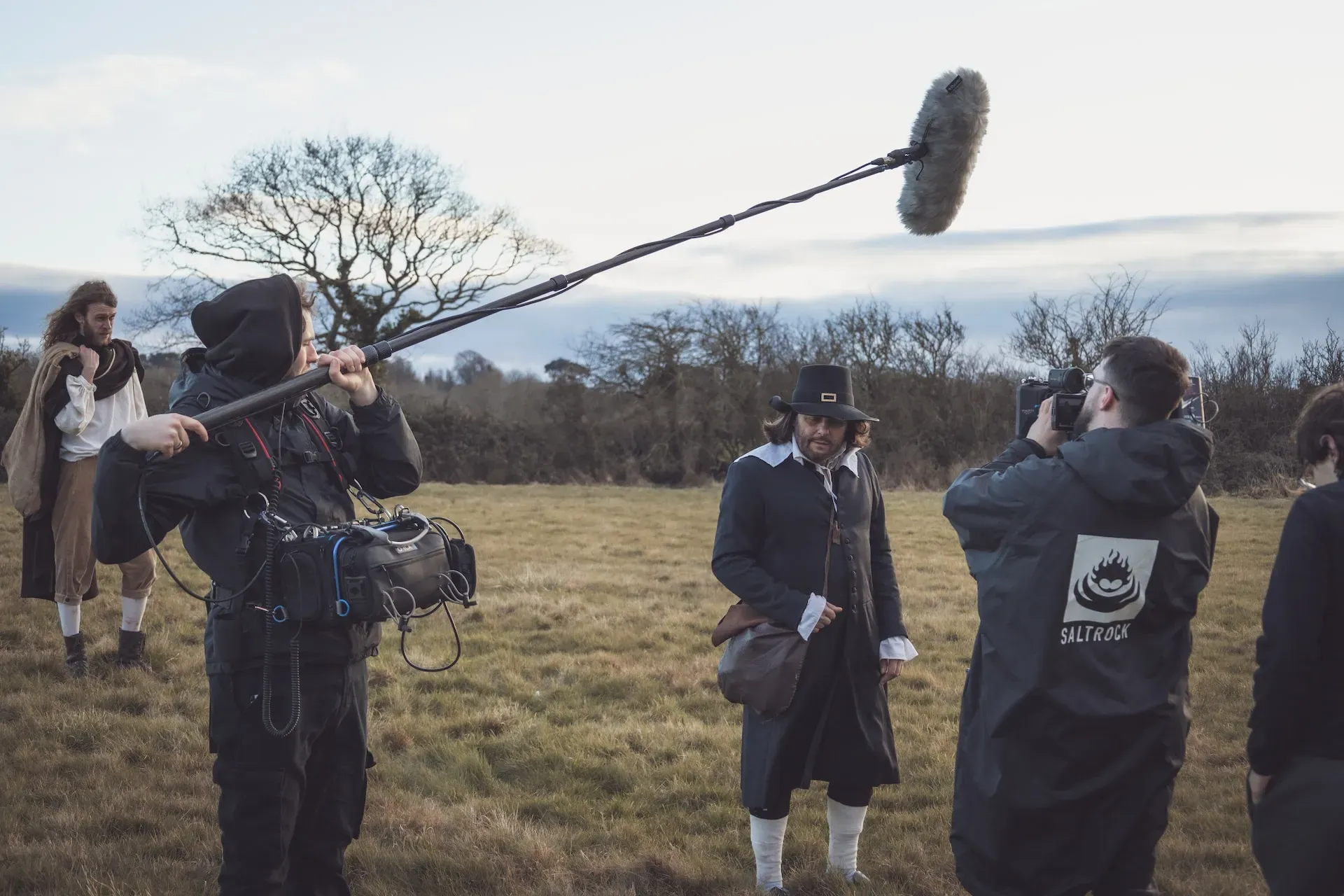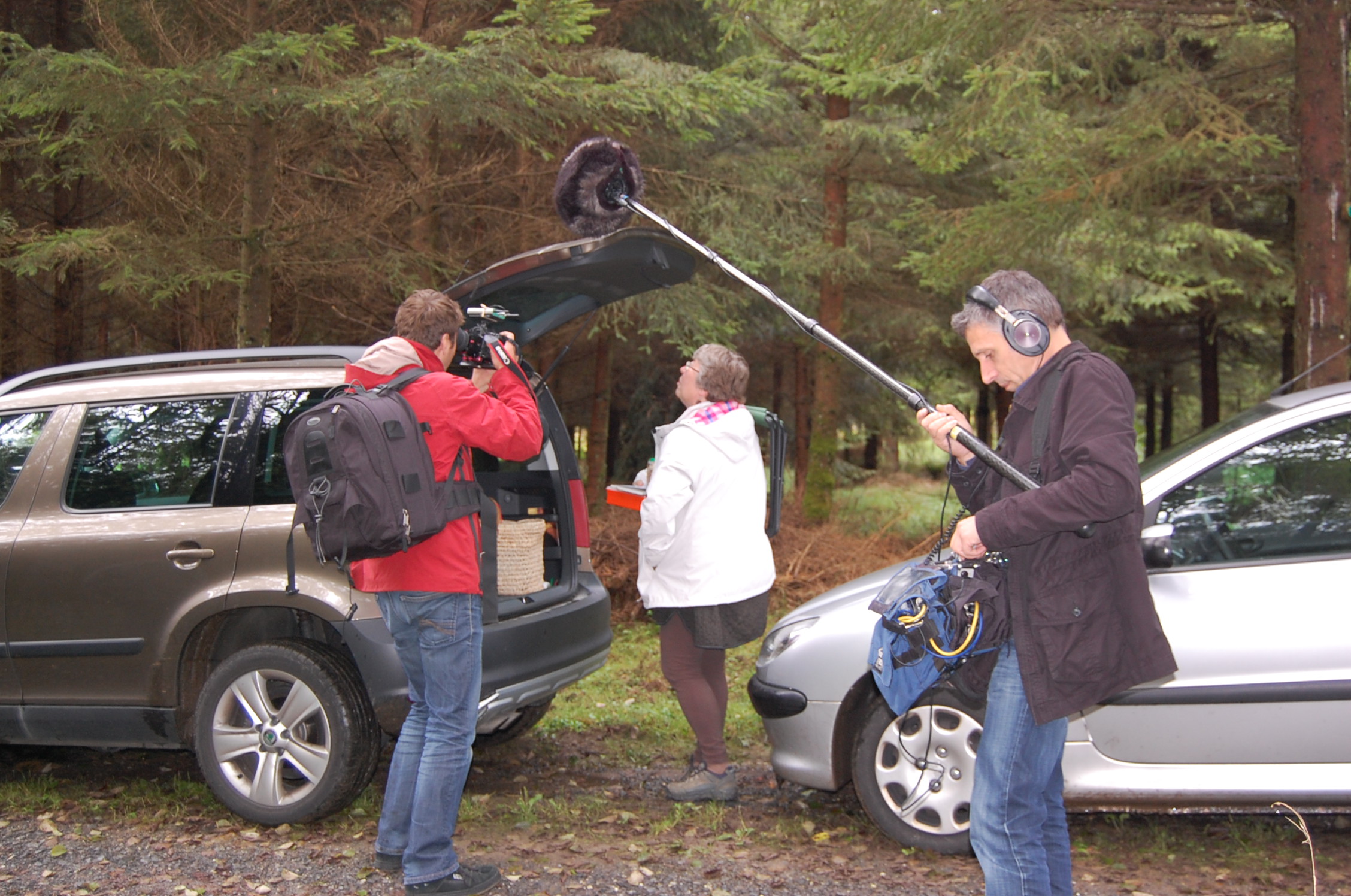The Unsung Heroes of Film Audio
Behind every emotionally powerful scene, every whispered confession, and every dramatic dialogue exchange, there's a skilled professional wielding a boom pole with precision and artistry. The Boom Operator is a critical creative collaborator who ensures audiences hear every emotional nuance clearly and naturally.

Precision Positioning
Strategically placing boom microphones to capture clean dialogue while staying invisible to cameras
Dynamic Movement
Following actors' movements seamlessly while maintaining optimal audio capture
Problem Solving
Minimizing shadows, noise, and technical challenges in real-time






